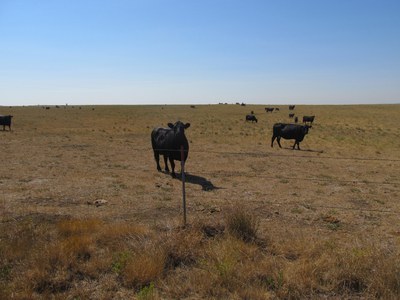Drought-damaged Corn can be Used for Silage

June 2017
Dwight Aakre, Farm Management Specialist Emeritus
Across North Dakota, many acres of corn have been severely stressed by lack of rain and excessive heat. Harvesting for silage rather than grain may be a better option for drought-stressed corn. However, many corn producers do not run cattle, so they must find a buyer for the standing corn. It is difficult to place a value on a crop, such as silage, that typically is not a cash commodity. Further complicating the pricing decision is that the buyer and seller may want to determine a value per acre prior to harvest when the yield is still in question.
The NDSU Extension Service has a worksheet available at county Extension offices titled "What is the Value of a Standing Corn Crop for Silage?" to help answer this question.
This worksheet goes through a procedure to estimate the value of silage based on different levels of corn grain content. The value of silage is determined by estimating the quantity of corn grain and fodder dry matter per ton. The local prices of corn grain and grass hay are used to value the grain and fodder in each ton of silage.
Silage yield is another important variable in determining the value per acre. A formula for estimating yield is included in the worksheet. This involves cutting and weighing the production from one-one thousandth of an acre to determine the per-acre yield.
Once both parties are in agreement on the yield per acre and the market value per ton, the total value per acre in storage is known. This is the value per acre if the owner of the corn is going to chop, haul and pile the silage at the buyer's location. More often than not, the buyer is going to incur the harvesting costs, rather than the corn producer. In that situation, the costs of chopping, hauling and piling must be subtracted from the gross value per acre to determine the net value in storage.
Before any corn is chopped for silage, if it is covered by multi-peril crop insurance, the producer must contact his insurance company and have the crop adjusted. Failure to do so will result in the loss of any potential insurance payment.
An insurance indemnity payment does not impact the value of the corn for silage. Its worth is its feed value less harvesting and hauling costs. Some buyers think they should pay no more than the price of corn times the adjusted yield. This completely ignores a major part of the value of silage, which is the fodder. Likewise, some corn producers believe it is worth a certain amount because of the money they have invested in the crop. These are sunk costs that do not impact the value of the crop.

